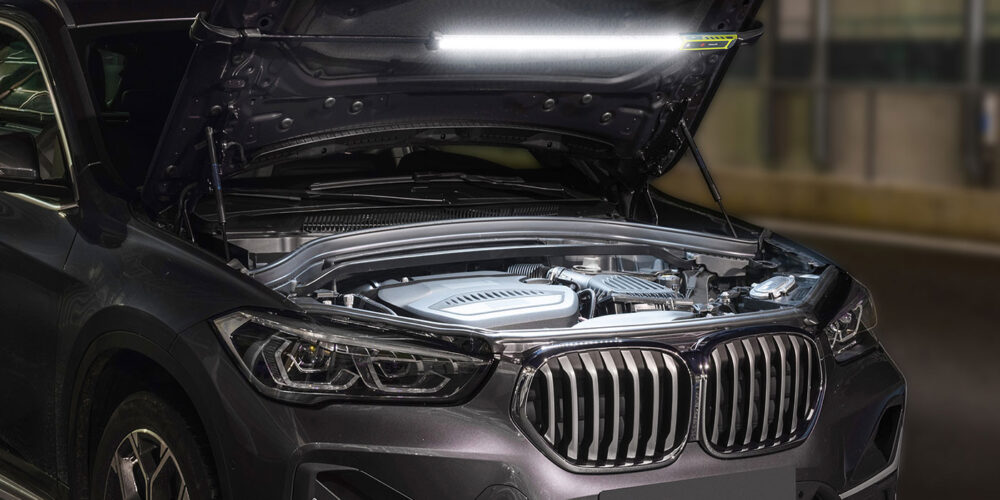"We’ve seen warranty return rates as high as 15 to 20% on some applications," said Simon. "But when we test the pumps in our lab to find out why they were returned, we often find nothing wrong. The pump works perfectly. Apparently, many of these pumps are being returned because a new pump did not solve the original steering problem (misdiagnosis), or the pump was not installed correctly and failed to work correctly on the vehicle."
When an original equipment power steering pump wears out or fails, it may contaminate the fluid with metallic debris. If the power steering system is not flushed out to remove all of the old, dirty fluid, any debris or dirt that remains in the system, it will likely cause a problem sooner or later.
Simon says dirt or debris lodge under the pressure relief valve preventing it from seating. This will cause a loss of pressure and steering assist. Dirt or debris can also become wedged between the spool valve and valve housing, causing the valve to stick. It can also accelerate wear within the pump itself.
"When power steering fluid systems on new vehicles are filled at the factory, a vacuum fill procedure is often used to make sure the system remains perfectly clean and contains no dirt, air or moisture. Air in the system can result in noisy operation as well as cavitation wear inside the pump."
Simon says most vehicle manufacturers do not have a specified service interval for power steering fluid because the fluid remains fairly clean throughout its life. It doesn’t get that hot, so oxidation is usually not an issue. Consequently, under normal operating conditions, there should be no need to change the fluid or flush the system for preventive maintenance. But if a pump has failed, it’s an entirely different situation. The system should always be flushed before a new pump is installed.
In addition to flushing out the old fluid, the system must be refilled with the type of power steering fluid specified by the vehicle manufacturer, or a fluid that meets OEM specifications. Using the wrong type of fluid (such as ATF when the vehicle manufacturer specifies a particular type of power steering fluid) can result in premature pump failure.
Power steering fluids typically contain special additives and seal conditioners that are not found in most ATFs. What’s more, all PS fluids are not the same. Some vehicle manufacturers require special fluids and additives because of the clearances and seal materials used in their pumps and steering gears. If the additives in a fluid do not meet these requirements, it can lead to trouble down the road.
Audi, BMW, Porsche, Saab, Volkswagen and Volvo, for example, all specify Pentosin power steering fluids for their vehicles. The fluid is available in three different formulations, with the mineral-based CHF7.1 fluid being specified for older models, and the CHF11S or CHF202 synthetic formulas being specified for various late-model vehicles.
Simon says Ixetic follows the fluid recommendations of the vehicle manufacturer for its pumps, and tests all seal materials to assure 100% compatibility with those fluids.
After the pump has been installed and the system refilled with new fluid, it’s also necessary to bleed all the air from the system before starting the engine. Raise the front wheels off the ground, and slowly crank the steering wheel back and forth from lock-to-lock (with engine off) until no bubbles can be seen in the fluid reservoir and the fluid level in the reservoir is steady. You may have to do this several dozen times to get out all of the trapped air.
Disable the ignition so the engine can’t start, then crank the engine over several times while watching the fluid in the pump reservoir. If you see bubbles or the fluid foams while cranking, there is still air in the system. Wait 10 minutes for the air bubbles to settle, then repeat until no bubbles or foaming is observed.
Starting the engine while there is still air in the system may result in damage to the pump.









